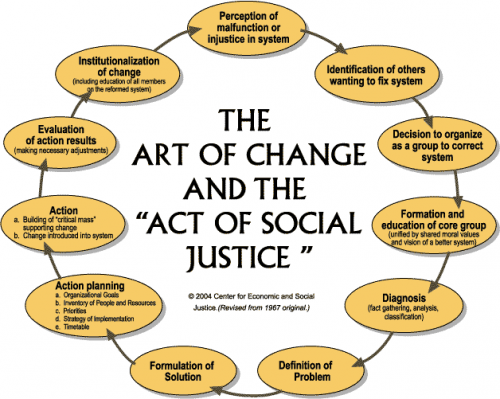 By Mark West
By Mark West
Last week I publicly called out the social inequities inherent in the process the City Council was using to select the Core Area Advisory Committee (CAAC). While there certainly was some disagreement with that position, the subsequent actions by the City, and articles and letters posted here, and elsewhere, have generally supported the notion that the City’s initial process was not as inclusive as the community might wish. The most important action taken by the City in response was to extend the application deadline; an action that I expect was primarily due to concerns expressed by Commissioner Darryl Rutherford at the Planning Commission meeting of Sep 13th.
Taking advantage of the extended deadline, social activists and service providers have actively recruited a diverse pool of applicants for the CAAC, coming from a broad socio-economic cross section of the community. While it is exciting that such a diverse group of individuals were willing to step forward, it does not ensure that the final panel will reflect that diversity. The final step, and really the most crucial, is for the members of the City Council to name a committee that successfully captures the perspectives and life experiences engendered in this broad cross section of the Davis community.
We can certainly hope that the City Council will act appropriately, but would it not have been better to have an inclusive process from the beginning? Now, I have no reason to believe that City  Staff or the City Council acted with intent to create an exclusionary process and timeline for forming the CAAC. By its very nature, systemic injustice is an insidious and self perpetuating aspect of our social fabric. As a consequence, it is so engrained in our processes that it is often difficult to identify simply because the systems have existed for decades and have become our ‘norm.’ Consequently, it is not sufficient for policy makers to ‘not intend’ to create an exclusionary system, but instead they must take affirmative action to create an inclusive one.
Staff or the City Council acted with intent to create an exclusionary process and timeline for forming the CAAC. By its very nature, systemic injustice is an insidious and self perpetuating aspect of our social fabric. As a consequence, it is so engrained in our processes that it is often difficult to identify simply because the systems have existed for decades and have become our ‘norm.’ Consequently, it is not sufficient for policy makers to ‘not intend’ to create an exclusionary system, but instead they must take affirmative action to create an inclusive one.
Unwinding unjust and exclusionary systems and practices is a very challenging endeavor, especially when some in the community do not accept that a problem exists, but it is an effort that we must undertake nevertheless. There really is no other option if we want to proactively and constructively work to ensure that we have a properly constituted CAAC that is fully capable of advising the City Council on the best practices for a new Core Area Specific Plan and General Plan that will lead to housing diversity, job creation, economic opportunity and social mobility for all community members.
Mark West is a resident of Davis






“Unwinding unjust and exclusionary systems and practices is a very challenging endeavor, especially when some in the community do not accept that a problem exists, but it is an effort that we must undertake nevertheless.”
Nice opinion piece by Mark West, Davis resident, hitting on the structural racism and implicit biases inherent in local planning processes. As the City of Davis embarks on updating the Core Area Specific Plan and much outdated General Plan, I would hope City leaders take advantage of this opportunity to provide residents selected to these committees on how to take the steps needed to address social inequalities within our local plans. Including deliberate wording in these plans would be a huge step forward. Each document moving forward should have a racial impact statement:
We have the local expertise in Bill Kennedy who leads the Race Equity Project out of Sac. The City would be remissed if they didn’t consider providing a training to the citizen committees (including each and every member of an appointed commission).
Hmmmm… race was not brought up in your Sept 13 comments… some economic/affordability things were… is this new, or do you have an equation in mind?